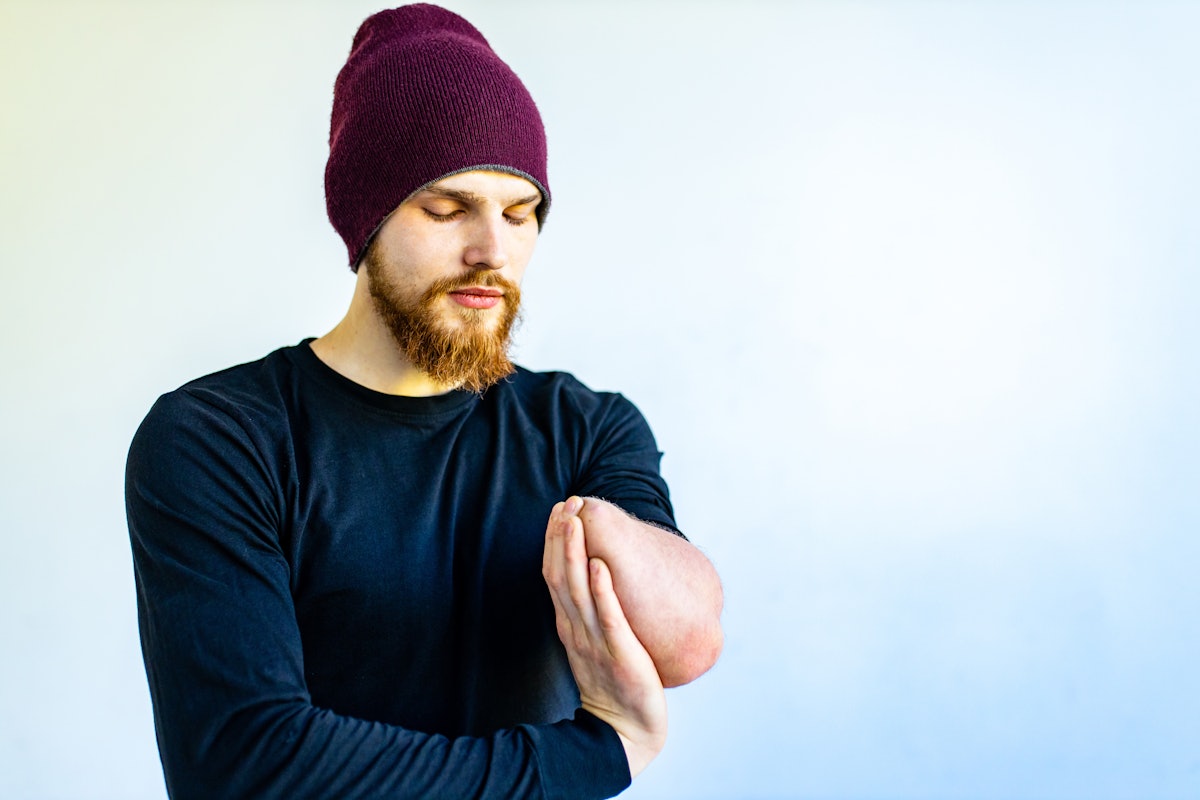Functional MR (fMRI) imaging has revealed how the brain preserves its sense of lost limbs, researchers have reported.
A team led by Hunter Schone, PhD, of University College London in the U.K., found that “the brain’s control center for a lost appendage can persist long after surgical amputation, which stands in stark contrast to longstanding theories about the brain’s ability to reorganize itself, also known as plasticity,” according to a statement released by the journal. The group’s results were published August 21 in Nature Neuroscience.
“This study is a powerful reminder that even after limb loss, the brain holds onto the body, almost like it’s waiting to reconnect in some new way,” Schone said.
The prevailing theory is that when a body part is damaged or lost, the cortex “remaps” itself, and “neighboring regions associated with intact body parts [encroach] on the newly available real estate,” the team explained. But this theory has been challenged by an experience called pervasive phantom limb syndrome, where a person feels “vivid, often painful, sensations in a now missing extremity.”
Schone and colleagues from the National Institutes of Health (NIH) assessed the brain activity of three individuals in the months before and after planned arm amputation and found that the loss of a limb does not prompt a “large-scale cerebral overhaul.” Follow-up was up to five years after the amputation. The study participants underwent two functional MRI exams before the amputations and then three more follow-up exams.
The group compared brain activity, searching for any major brain changes pre- and postamputation, but found little to no difference. In fact, “had the authors not already known when the data was collected … they likely would not have been able to tell the difference between the brain maps,” the journal noted.
The results could “improve our understanding of how phantom limb syndrome manifests and suggest that standard phantom pain treatments — many of which assume cortical reorganization after limb loss — may be worth rethinking,” and could “be key in how we implement transformative brain-computer interface technologies,” according to the authors.
“Now, rapidly developing brain-computer interface technologies can operate under the assumption that the brain’s body map remains consistent over time,” Schone said. “This allows us to move into the next frontier: accessing finer details of the hand map, like distinguishing the tip of the finger from the base, and restoring the rich, qualitative aspects of sensation, such as texture, shape and temperature.”
The complete study can be found here.
